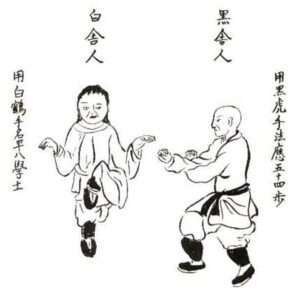I have returned to exploring the mysterious Bubishi. It has long fascinated martial artists around the world, including me. The Bubishi is often called the “Bible of Karate”. It combines Chinese martial arts knowledge with Okinawan practice, including combat techniques, philosophy, and medical/pressure-point theory.
What the Bubishi Really Is

The original Bubishi is not a printed book 😱
The Bubishi exists as multiple manuscript copies and fragments that circulated between Fujian (China) and Okinawa. Okinawan masters preserved and annotated their own copies. There was never a book edition, as it was not published in the modern sense during its early history.
What exists are hand-copied manuscripts passed down from teacher to student in Okinawa. These copies contain mostly the same core material, but the drawings, wording, and even the content often differ. Some manuscripts emphasize fighting techniques and applications, while others focus more on breathing methods, internal training, or fighting sequences and body mechanics. These differences reflect each master’s priorities and teaching approach, as knowledge was transmitted privately and adapted to each lineage. Many Okinawan masters had their own personal copy, handwritten and sometimes with added personal notes.
For me, each copy of the manuscript fragments is authentic within its own lineage. The handwritten versions and illustrations may differ, but that reflects the private way knowledge was transmitted in traditional Chinese and Okinawan martial culture.
History and Context
The Bubishi (manuscript fragments) originated in
